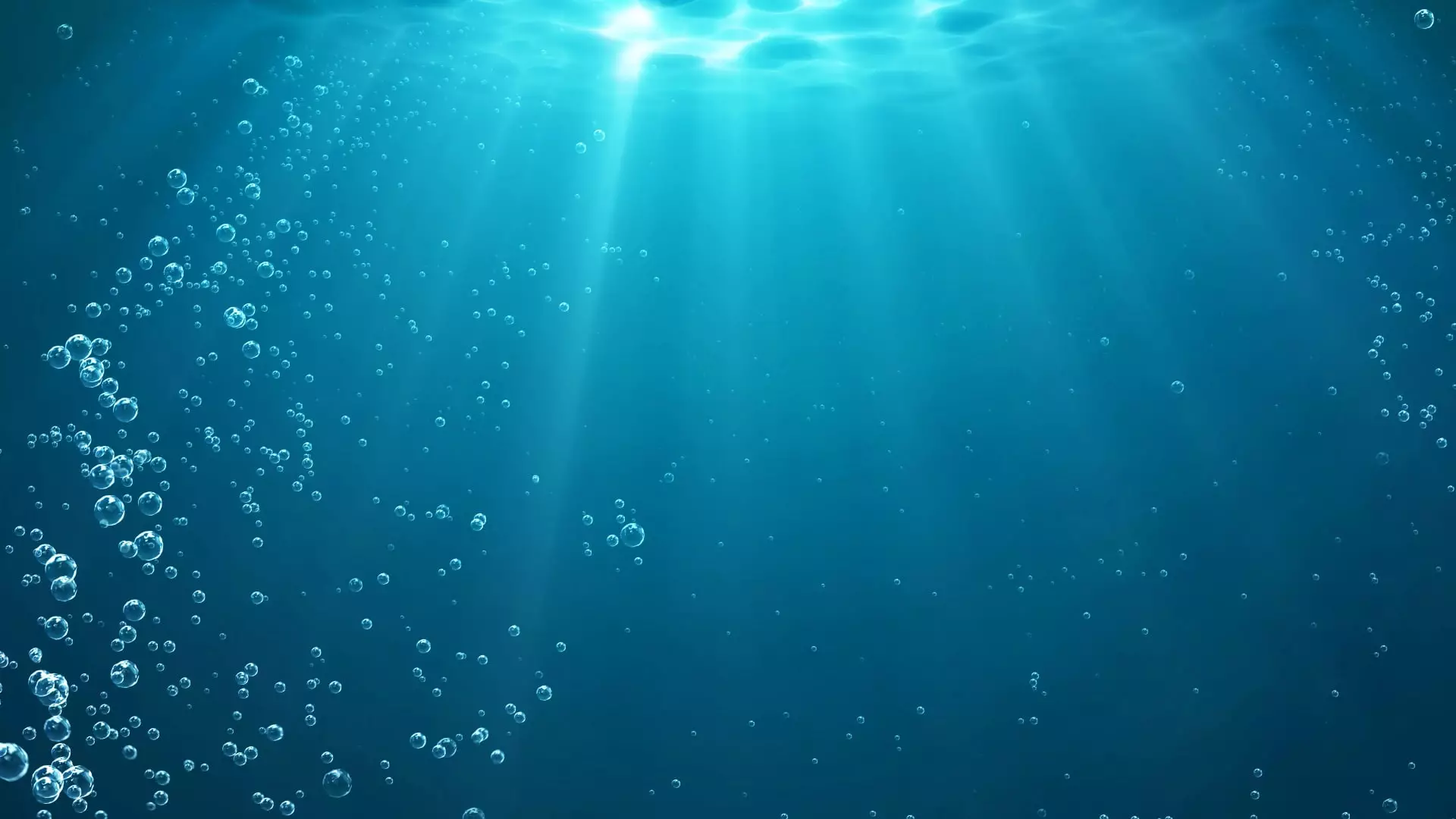A groundbreaking discovery by an international team of scientists has shaken up the scientific community’s understanding of oxygen production on Earth. In a recent study published in the Nature Geoscience journal, researchers revealed that potato-shaped metallic nodules located thousands of feet beneath the Pacific Ocean’s surface are responsible for producing oxygen. This finding challenges the conventional belief that only photosynthetic organisms such as plants and algae can generate oxygen through sunlight. Professor Andrew Sweetman and his team at the Scottish Association for Marine Science in the U.K. led this groundbreaking research.
During ship-based fieldwork in the Pacific Ocean’s Clarion-Clapperton Zone, scientists stumbled upon the phenomenon of “dark oxygen.” This mysterious process occurs approximately 4,000 meters below the ocean’s surface, where complete darkness prevails. The team of researchers collected samples of the seabed and discovered that the metallic nodules in this region exhibited a very high electric charge. This unique characteristic indicated the potential for seawater electrolysis, where the nodules could split seawater into hydrogen and oxygen. The implications of this discovery have sparked numerous unanswered questions and have prompted a reevaluation of how deep-sea mining activities may impact this newly identified source of oxygen.
The revelations about “dark oxygen” have raised concerns about the sustainability and environmental impact of deep-sea mining operations. The Clarion-Clapperton Zone, where these metallic nodules are located, is a prime area targeted for mining activities due to the rich deposits of valuable minerals such as cobalt, nickel, copper, and manganese. Companies like The Metals Company are already gearing up to commence mining operations in this region by 2025. However, the discovery of oxygen production in this area highlights the need for caution and further research before engaging in extensive mining activities that could disrupt essential processes occurring in the deep sea.
Environmental advocacy groups have long voiced their concerns about the potential consequences of deep-sea mining. The extraction of minerals from polymetallic nodules on the ocean floor can have far-reaching impacts on marine ecosystems and biodiversity. These groups argue that the rush to exploit deep-sea resources for commercial gain may lead to irreversible damage and the extinction of vulnerable species. With the newfound understanding of “dark oxygen” production in mind, the urgency for a moratorium on deep-sea mining practices becomes even more pressing. Sofia Tsenikli, the global campaign lead for the Deep Sea Conservation Coalition, emphasized the need for cautious and sustainable approaches to deep-sea mining in light of these recent revelations.
The discovery of “dark oxygen” below the Pacific Ocean’s surface has opened up a Pandora’s box of questions and challenges for the scientific community and industry stakeholders alike. The need for thorough research, ethical considerations, and environmental stewardship in deep-sea mining activities has never been more apparent. As we delve deeper into the mysteries of the ocean’s depths, it is essential to approach these endeavors with humility, respect, and a commitment to preserving the delicate balance of life beneath the waves.

Leave a Reply